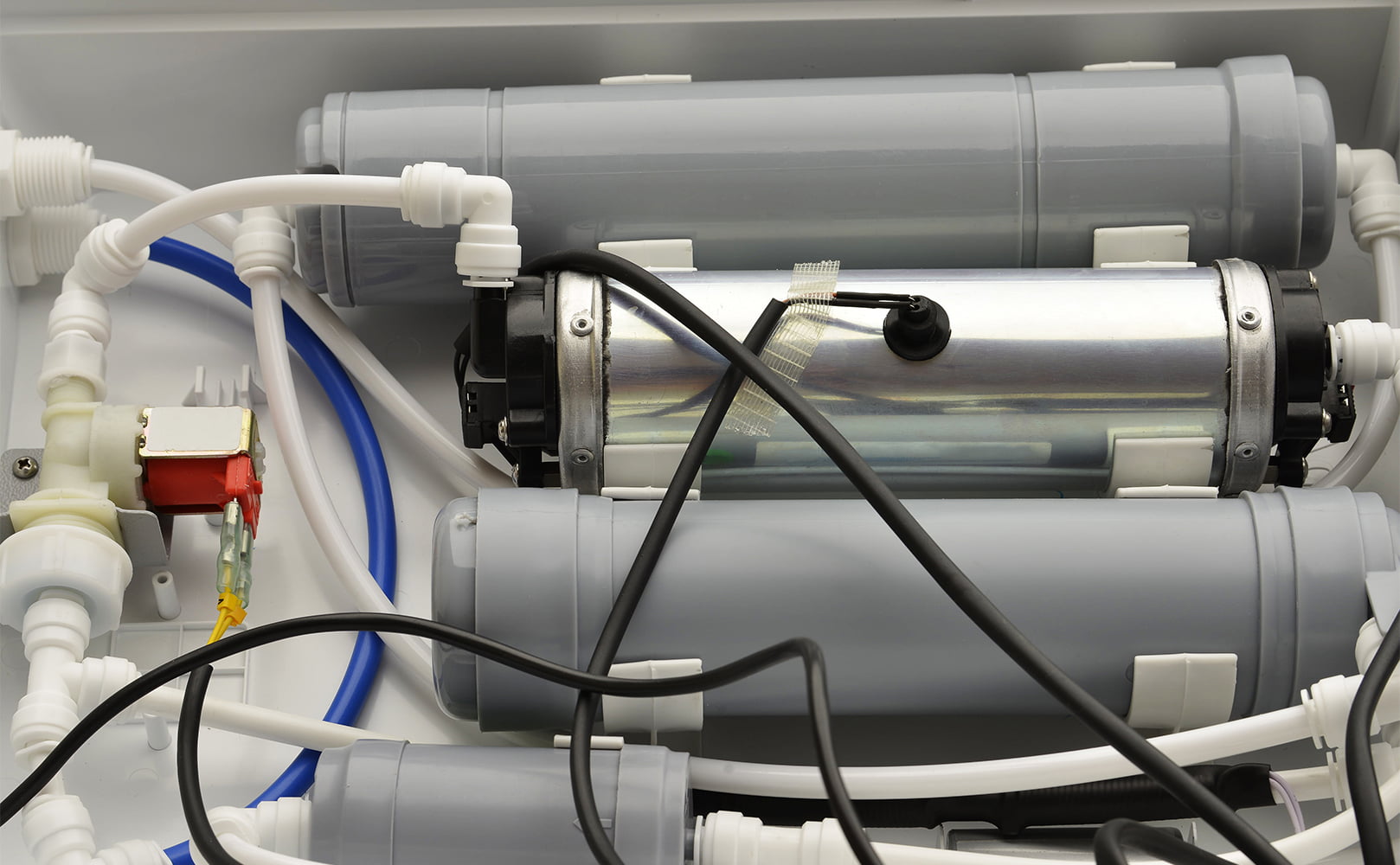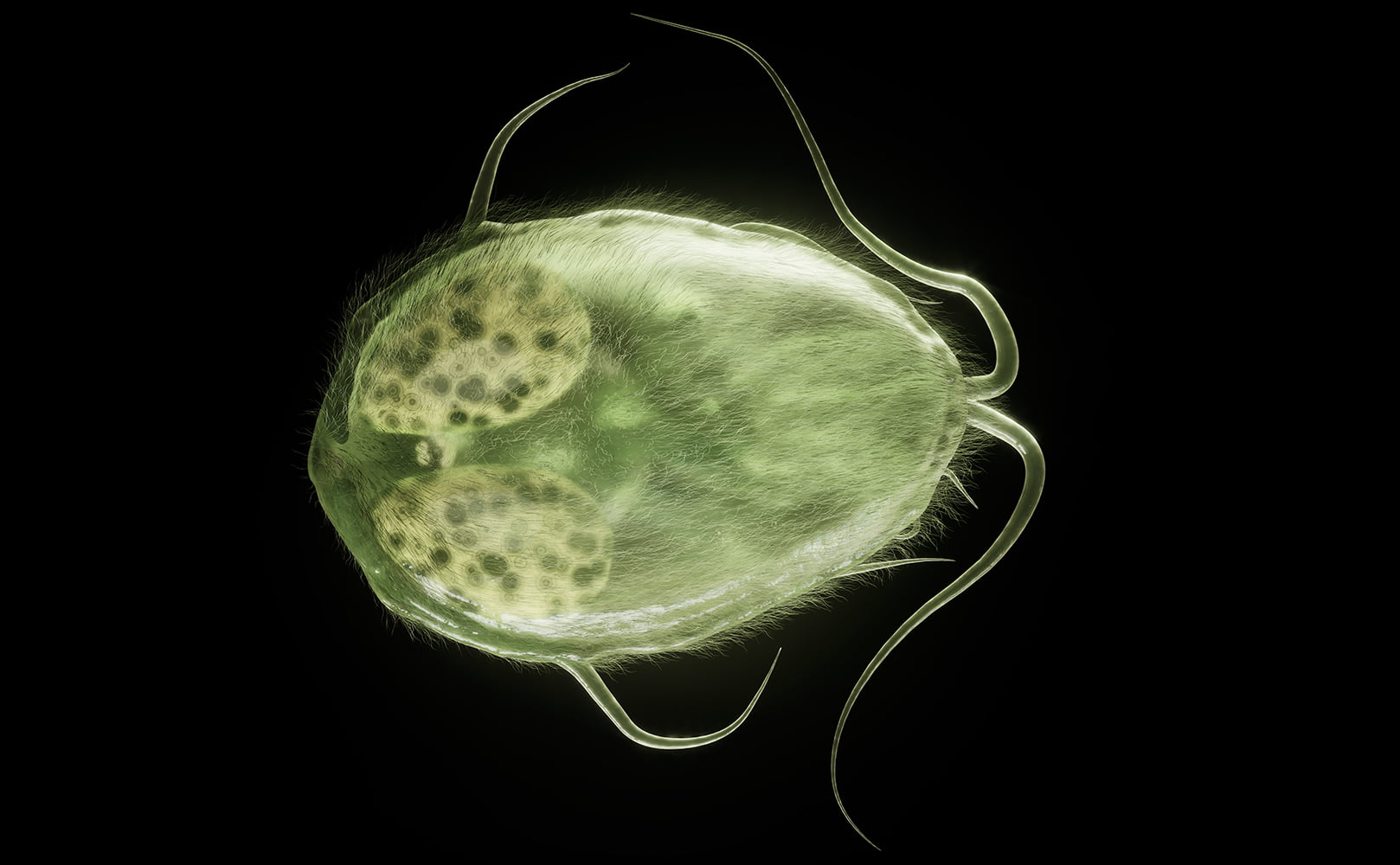UV Light Well Water Treatment – Everything You Need to Know
Written by: Gene Fitzgerald // Last Updated: Jan 17, 2023
This page may contain affiliate links. If you buy a product or service through such a link we earn a commission at no extra cost to you. Learn more.
UV light purification is one of the most popular methods for disinfecting water on the consumer market right now.
It offers many advantages when it comes to killing bacteria and other harmful microorganisms.
Even though it doesn’t purify water completely, it’s still an important part of any comprehensive purification setup. This includes the treatment of well water…
Key Takeaways
- Using UV purification is a great way to keep your home water free of bacteria and other microorganisms. If you’re obtaining your water from a private well, it’s highly recommended to look into UV purification.
- Test your water to know what type of pathogens you’re facing, and if pre-treatment is required.
- Install your UV water purifier after all other treatment equipment like filters and softeners.
UV Light Well Water Treatment
UV light purifiers are available as self-contained units which can be hooked up to a larger purification system. This makes them a good option for treating well water. You can easily configure your well water purification setup to tackle the exact types of contaminants you’re dealing with.
How It Works
The basic idea behind UV light well water treatment is simple: When microorganisms are exposed to UV light, this scrambles their DNA and effectively kills them. This is accomplished without any physical contact. No chemicals are introduced into the water supply and its basic composition is not changed in any way.
UV Well Water Filter Components
A UV well water filter is an elongated cylindrical chamber containing a UV light bulb in the middle. Water runs from one end of the chamber to the other, getting exposed to UV light as it passes through. Any bacteria caught by the UV rays are killed. However, they are not physically removed from the water – which is not an issue.
How to Pre-Filter Well Water
Pre-filtration is important for a UV water purifier. This applies especially to well water. Without proper pre-filtration, you will have dirt and other debris floating around freely. Particles can block the UV rays, preventing them from hitting all germs. As a result, the overall effectiveness of the UV water purification unit is diminished.
To combat this, you need to pre-filter the water that goes into your UV purifier. Ideally, the UV purifier should be the last step in the full filtration chain. This will ensure that it can do its job with minimal interference.
Removing Other Well Water Contaminants
It’s also important to remember that a UV water purifier only targets a specific set of well water contaminants. This includes bacteria, algae, and some other microorganisms. For everything else, you’re going to need a separate filter specifically designed for that type of contaminant.
There are many options to pick from. Before investing in any additional water filters, you should conduct a test of your well water supply to determine what kinds of contaminants you’re dealing with exactly.
How to Maintain a UV Well Water Treatment System
Maintaining a UV well water treatment system is relatively straightforward. There are just a few points to consider:
- You need to regularly replace the UV light bulb – ideally once a year.
- You must clean the quartz sleeve that encapsulates the UV bulb as grime accumulates on it over time.
- Once the sleeve has become too dirty, you will have to replace it completely – this should be done around once every two years.
- Finally, you should occasionally clean the whole system to ensure that no dirt accumulates inside it. You shouldn’t have too many problems in this regard if you use proper pre-treatment.
Pros and Cons of UV Purifiers for Well Water
Pros
- Effectively kill almost all microorganisms
- Work without physical contact
- No chemicals are added to the well water
- Don’t affect the taste or smell of the water
- Don’t damage your plumbing
Cons
- Require power to work
- If something goes wrong with the system, you might not be aware for a while, drinking unpurified water until you notice the problem
- Does not remove other contaminants
How Well Water Can Become Contaminated with Dangerous Pathogens
Well water often gets contaminated due to being exposed to the elements before it’s pumped into your plumbing. Fertilizers and pesticides are common sources of well water contamination, requiring special treatment.
You might also encounter various pathogens as they make their way into the water through the soil and rocks. This depends on where exactly the water runs through. Some areas might be more heavily affected than others.
Who Should Use a UV Well Water Filter?
Installing a UV water filter is always a good idea when using a well. You’re pretty much guaranteed to have various kinds of pathogens in your water otherwise, even if you use other filtration methods. When it comes to dealing with biological contaminants, UV filtration is hands down the best option the market has to offer.
Testing for Biological Contaminants
In order to know what kinds of contaminants you’ve got on your hands exactly, it’s important to get your water tested professionally. This can be done at specialized laboratories. The process is simple. You just take a sample of your water, submit it to the testing facility, and receive your results in a few days or a couple of weeks.
The results will tell you exactly what your well water is contaminated with. If you see a large presence of biological contaminants, that’s a strong indicator that you need to invest in a UV purification unit.
Even if you don’t have any biological contaminants right now, it’s still a good idea to invest in a UV purifier as a preventative measure. You don’t know how things might develop down the road, and it’s good to be prepared in case you eventually encounter new types of contamination.
Remember: Well Water Disinfection Is Your Own Responsibility
One downside to sourcing your water from a well instead of relying on municipal services is that you’re solely responsible for its treatment. Nobody is going to stop you from drinking contaminated water, and nobody will treat your water for you.
This means that it’s up to you to invest in a proper treatment setup and everything that entails. You must pay to have your water tested and ensure that you’re buying the right types of filters and softeners. It’s always better to be safe than sorry in this scenario, given the potential effects of drinking contaminated water.
If you have any questions about UV treatment for well water please don’t hesitate to leave a comment below!
Information provided on BOS is for educational purposes only. The products and services we review may not be right for your individual circumstances.
We adhere to strict editorial guidelines. Rest assured, the opinions expressed have not been provided, reviewed, or otherwise endorsed by our partners – they are unbiased, independent, and the author’s alone. Our licensed experts fact-check all content for accuracy. It is accurate as of the date posted and to the best of our knowledge.



